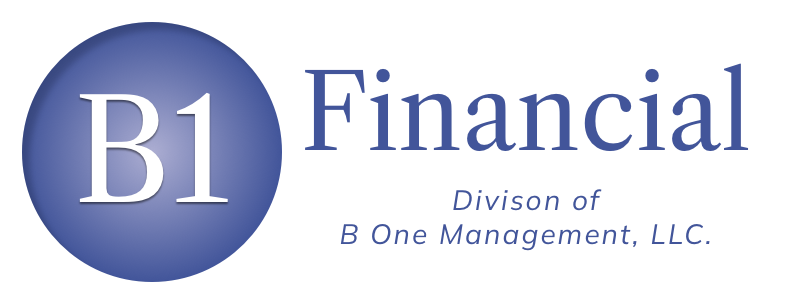Understanding Tariffs: A Simple Breakdown
You've probably seen recent headlines buzzing about tariffs and their impact on the economy. But what exactly are tariffs? Simply put, tariffs are taxes on goods imported from other countries. They're designed to encourage the purchase of home-grown products by making imported items more expensive. However, the effects of tariffs can vary, potentially leading to higher consumer prices depending on how companies decide to respond.
What Changed on August 7
August 7 marked significant shifts in U.S. tariff policies. In a sweeping move, the U.S. introduced "reciprocal" tariffs affecting numerous countries. The standard import tax rate, previously at 10%, has soared to an average of 18.3%, the highest it's been since 1934. Specific countries have seen dramatic increases: India's tariffs could hit 50% by August 27, due to penalties related to Russian oil purchases, while Canada's and Switzerland's tariffs have jumped to 35% and 39% respectively. On a brighter side, the UK, EU, and Japan managed to negotiate more favorable rates through bilateral agreements. Additionally, a stark 100% tariff was placed on imported semiconductors, with exemptions for companies with U.S. manufacturing facilities like Apple and TSMC.
Everyday Impacts and Economic Ripples
So, how does this affect you directly? Higher tariffs can mean increased costs for everyday goods such as cars, clothing, electronics, and appliances. This ripple effect might also trigger market volatility, particularly in the tech, retail, and manufacturing sectors, causing economic uncertainties that can influence job markets and investment scenarios.
The underlying aim of these policies is to match or even exceed the tariffs that other countries impose on U.S. products. While these measures are meant to strengthen domestic production and economy, the immediate effects can be complex and challenging.
Why Staying Informed Matters
While these tariff changes pose significant challenges, staying informed empowers you to anticipate and adapt to economic shifts effectively. Keeping abreast of such developments prepares you for better financial decision-making, whether you're budgeting for household expenses or planning investments. Although the road ahead may be bumpy, understanding these dynamics puts you in a stronger position to navigate the changes confidently.

